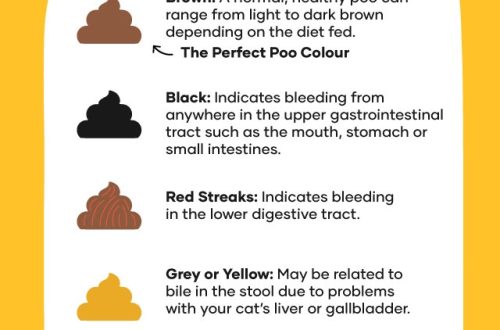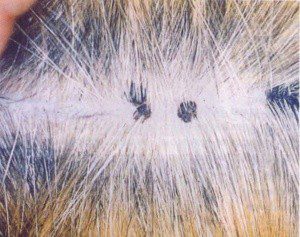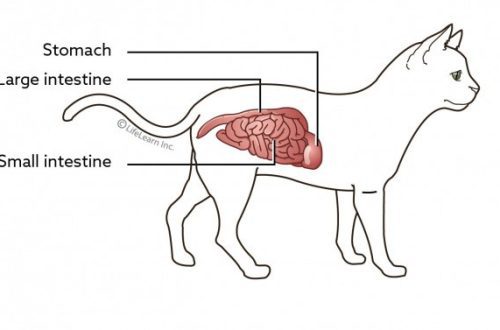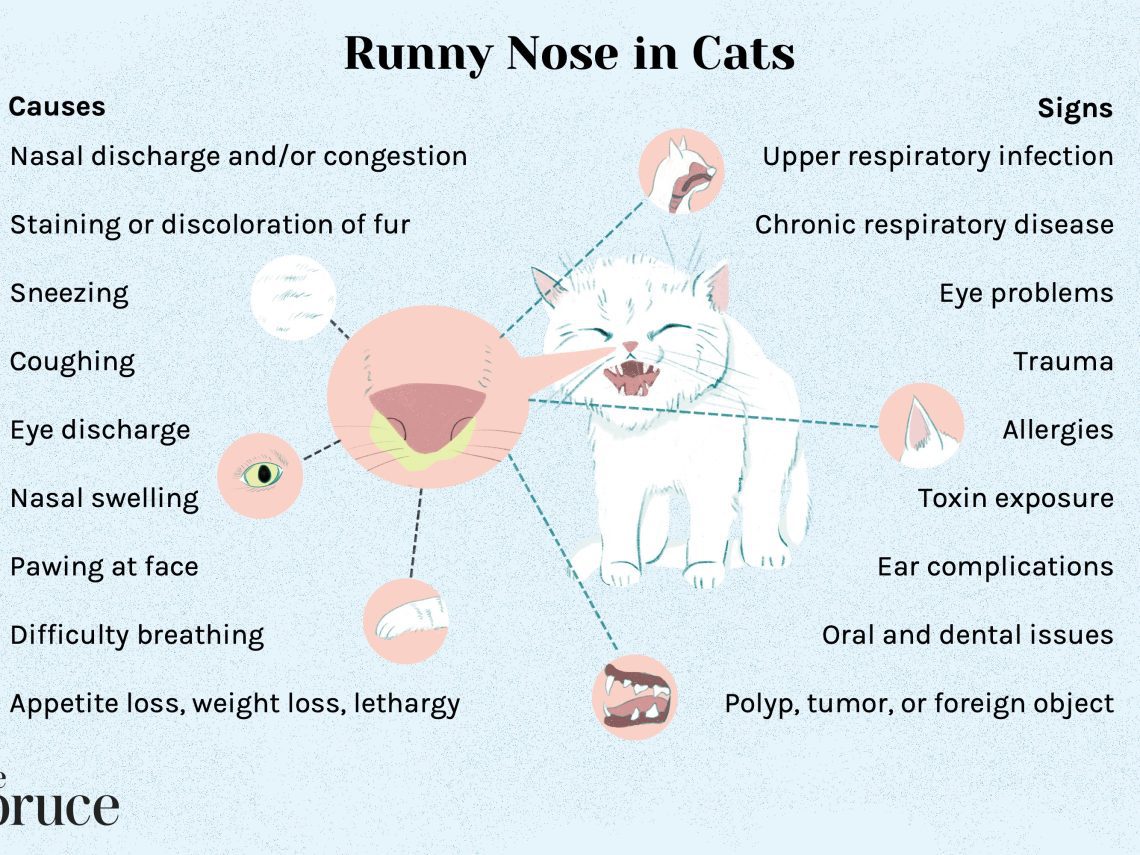
Runny nose in cats – how and how to treat snot?
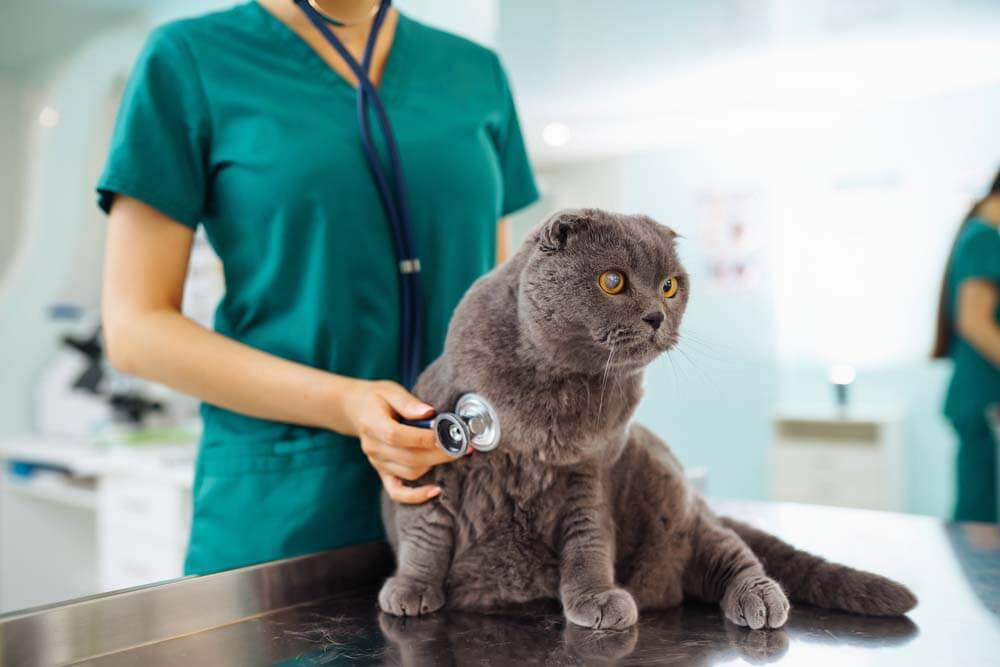
Contents
Do cats get a runny nose
In short, yes, a cat’s runny nose is possible. Most often, this is a manifestation of inflammation of the upper respiratory tract – rhinitis. In some, more rare cases, a runny nose can be caused by a foreign body, a neoplasm, and even a problem with the teeth.
A runny nose can be acute and chronic, it can occur as an independent problem or be one of the manifestations of the disease.
Causes of the common cold
Infectious diseases
One of the most common and common causes of a runny nose in cats is infection. In the first place, you can put the herpes virus of cats. It leads to inflammation of the upper respiratory tract and conjunctivitis. In addition, the herpes virus remains in a cat for life and can be activated at different periods of her life.
Another infectious disease that can lead to a runny nose in a cat is calicivirus. The virus that causes it mainly affects the mucous membranes of the mouth, but sometimes leads to ulcers on the nose and rhinitis.
Viral diseases can lead to chronic rhinitis due to changes in the mucous membrane of the nasal passages.
Also, rhinitis in a cat can be caused by bacterial infections, most often secondary, against the background of a viral disease.
Very rarely, cats can develop a fungal infection, such as cryptococcosis.
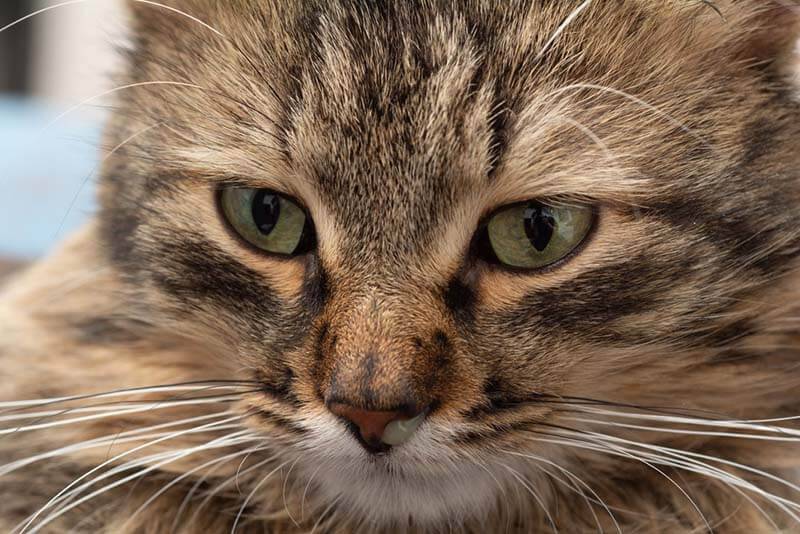
Oronasal fistula
Dental diseases (tartar, periodontitis, dental trauma) can cause inflammation in the area of the roots of the teeth: abscesses, cysts. In the case of maxillary teeth, this can lead to an abnormal communication between the oral cavity and the nasal passage – an oronasal fistula. Thus, dental problems can also cause a runny nose in a cat.
Neoplasms
Nasal lumps are another reason why a cat may have snot running out of its nose. In young animals, these are most often nasopharyngeal polyps – benign formations that occupy the lumen of the nasopharynx, auditory canal and the Eustachian tube that connects them.
Malignant neoplasms are more common in middle-aged and elderly animals.
Foreign body
In cats, a foreign body in the upper respiratory tract is a rather rare problem, but, nevertheless, it is quite probable. Because the nasal passages of a cat are rather narrow, foreign bodies stuck in their lumen will be small. These can be food fragments, plant particles, wool, etc.
environmental factors
Dust, tobacco smoke, aerosols, dusty or scented fillers, perfumes, and abundant flowering plants can cause allergic rhinitis in cats. This is a relatively rare phenomenon and in most cases passes quickly after the elimination of the irritating factor.
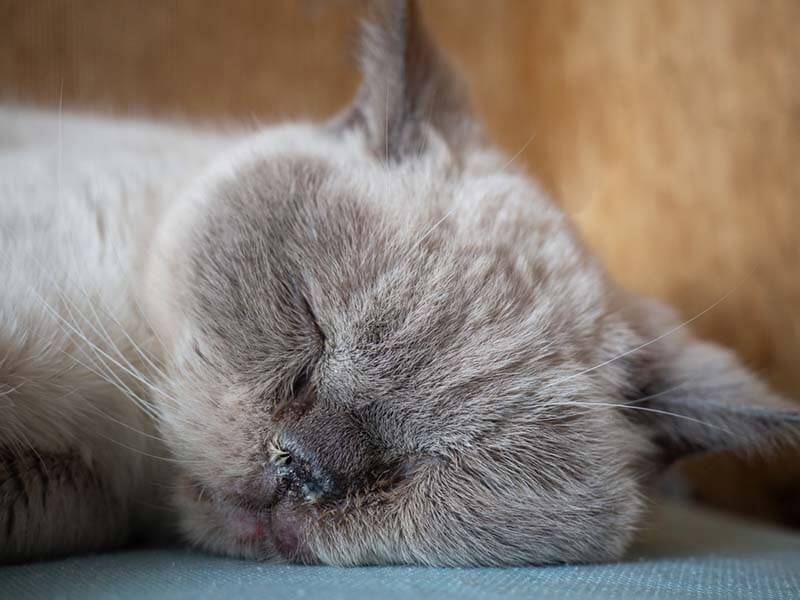
Symptoms
The most common symptoms of a runny nose will be sneezing and nasal discharge of a different nature: from clear and watery to purulent with an admixture of blood.
A common symptom of rhinitis in a cat is loss of appetite. This is due to a decrease in the sense of smell against the background of inflammation of the nasal mucosa, and for cats, the smell of food is of great importance.
Nasal congestion in a cat is often accompanied by voiced breathing with wheezing, sniffling, snoring in a dream.
With a significant size of the formation in the nose, the animal may experience breathing with an open mouth, shortness of breath. Also, a neoplasm can lead to asymmetry of the muzzle due to the growth of pathological masses in and around the nasal passages.
A nasopharyngeal polyp often grows into the middle ear cavity, and then an additional symptom may be Horner’s syndrome, a set of symptoms (different pupil size, drooping eyelids, prolapse of the third eyelid) that occurs due to impaired nerve conduction.
A foreign body in the upper respiratory tract is characterized by sneezing, constant or intermittent, and nasal discharge, most often unilateral.
With infectious diseases leading to rhinitis, there will be other symptoms: fever, conjunctivitis, salivation and ulcers on the tongue (with calicivirus), hoarseness, cough.
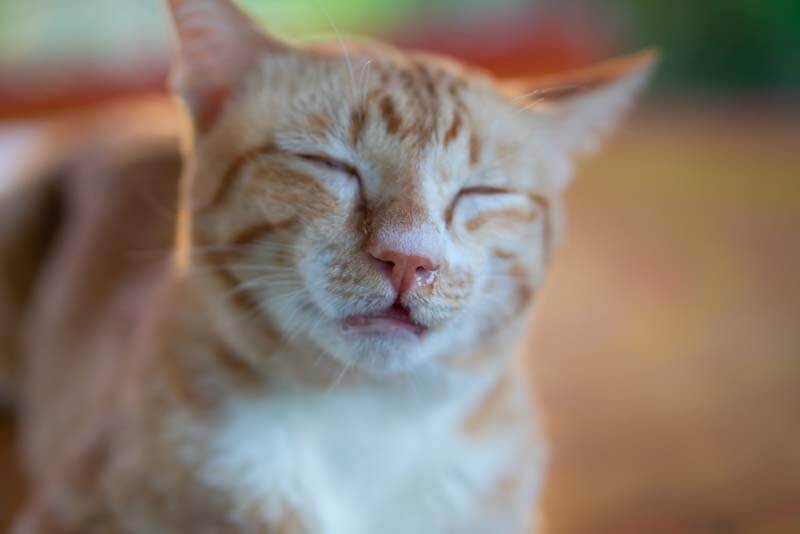
Diagnostics
If the infectious nature of rhinitis in a cat is suspected, for example, due to herpes or calicivirus, special studies are carried out: rapid tests or PCR, which help to identify the pathogen. The reliability of such studies is limited, so their results should always be evaluated in conjunction with the condition of the animal and the clinical signs of the disease.
In bacterial rhinitis, the study of material from the nasal passages does not provide significant information, because Normally, a large number of bacteria live in the nose, including opportunistic ones that can cause disease under certain favorable conditions for them.
To exclude such a rare disease as cryptococcosis, a nasal scraping is sown or examined by PCR.
If a nasopharyngeal polyp, foreign body, nasal tumor or oronasal fistula is suspected, diagnostic methods such as X-ray, computed tomography, MRI, rhinoscopy are necessary.
After removal, it is desirable to examine all neoplasms using histology – microscopy of specially prepared tissue sections to assess their malignancy.
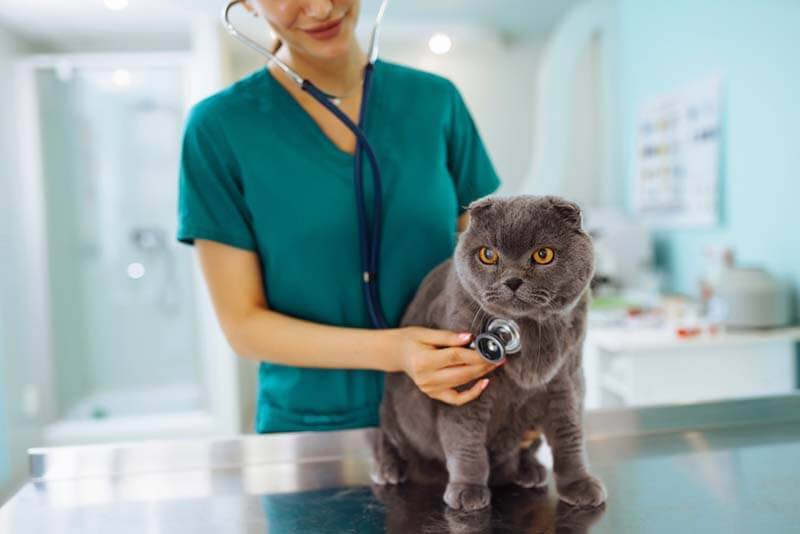
How and how to treat a runny nose in cats?
Treatment of snot in a cat can be quite diverse.
With the herpes virus, antiviral therapy is used – the drug Famciclovir. It will not save the cat from carrying the virus, but it stops its active manifestations.
With feline calicivirosis, symptomatic therapy is pain relief, temperature reduction, feeding with warm food that is attractive to the cat.
If the causes of the common cold are bacterial, or bacteria complicate the course of viral diseases, antibiotics are used. The drugs of choice are Amoxicillin, Amoxicillin + Clavulanic acid and Doxycycline.
Anti-inflammatory painkillers, such as Meloxicam, Metamizole, Robenacoxib, can be used for severe rhinitis, chronic rhinitis, fever to alleviate the condition of the animal.
Treatment of nasopharyngeal polyp, neoplasms – surgical with removal of the formation.
In malignant neoplasms, chemotherapy, radiation therapy can be used.
Oronasal fistula requires an integrated approach, which consists not only in the elimination of the defect, but also in the treatment of dental disease.
The foreign body is removed endoscopically or by special washing of the nasal passages with large volumes of solutions in a clinic under general anesthesia.
If there is a suspicion that the cat is reacting to irritating environmental factors, then they should be eliminated as soon as possible: ventilate the room, carry out thorough wet cleaning, avoid spraying aerosols, and smoking. As a rule, this is enough for all manifestations of the cat’s cold to pass.
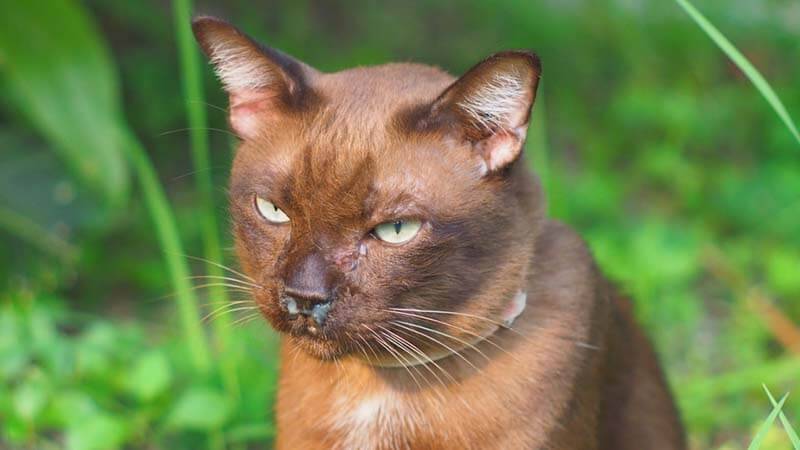
How to rinse a cat’s nose?
Regardless of the cause of a runny nose, one of the components of treatment may be washing the nose. Its purpose is to cleanse and moisturize the nasal passages. The procedure can be carried out at home on your own.
For washing, you can use saline solutions: 0,9% Sodium chloride (saline) or other ready-made saline solutions from a pharmacy.
It is convenient to carry out the procedure with a small syringe without a needle with a volume of 1 or 2 ml.
For the procedure, the cat is wrapped in a towel or a small blanket, only the head is left outside.
The animal is placed on its side or on its stomach. If it is aggressive, you will need an assistant to hold the cat. In very aggressive animals, rinsing the nose may not be an appropriate procedure.
If the nasal passages are covered with dried secretions, they are pre-soaked with saline and gently removed with a napkin.
With one hand, the cat’s head is clasped from above, with the other, a small amount of solution is gently and quickly injected into each nostril.
When infusing the solution, it is advisable to lower the cat’s muzzle down, so there is less risk of aspiration – getting into the respiratory tract.
The procedure should be carried out 2-3 times a day or more often if necessary.
How to drip drops?
Cats have small and narrow nasal passages, and it is difficult to inject a medicinal solution into them. Antibacterial drops will only work directly in the nostril itself and are therefore ineffective.
Vasoconstrictor drugs, which are often used in humans to relieve swelling, are easy for a cat to overdose, they dry out the inflamed nasal mucosa. And these products are not certified for use in animals.
Salt solutions can be dripped into the cat’s nose. In this case, their volume will be less than when washing, but they will also help soften and thin the discharge from the nose and moisturize the nasal mucosa.
How to put drops in the nose of a cat:
The cat should be placed on a stable surface on all paws, if the animal is aggressive, it is better to wrap it in a towel, leaving only the head outside.
To make drops, you can use syringes without a needle with a volume of 1 ml or pipettes.
With one hand, the cat’s head is clasped and fixed from above, with the other hand, the required number of drops is carefully introduced into each nostril. When instilling saline solutions, 2-4 drops can be applied in each stroke.
It is better to raise the cat’s muzzle up, because the amount of solution is very small and it is important that it gets into the nasal passage.
If the nasal passages are covered with dried secretions, they are pre-soaked with saline and gently removed with a napkin.
Salt solutions can be applied 4-5 times a day.
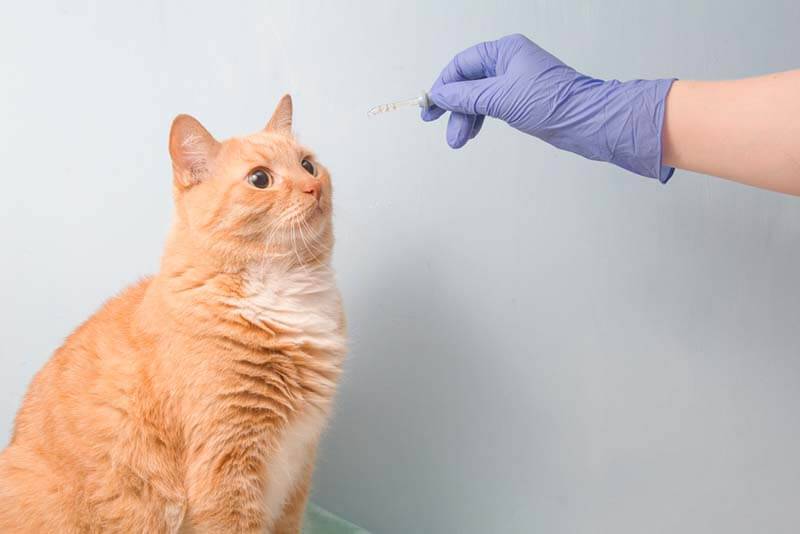
Kitten snot
In young animals, infections are the most common cause of a runny nose. In small kittens, the herpes virus occupies a leading position as the cause of inflammation of the upper respiratory tract and eyes.
Kittens may have a more severe course of viral and bacterial diseases. Snot in a kitten can sometimes develop into bronchitis, and then, if left untreated, into pneumonia. Therefore, the treatment of rhinitis in a kitten should be comprehensive and timely.
Prevention
Considering that infections are one of the most common causes of the common cold, vaccination against viral diseases is an important component of prevention.
A safe environment is also important: you should avoid tobacco smoke in the room where the cat lives, do not purchase dusty and flavored fillers, do not use aerosols and household chemicals with a pungent odor.
Preventive care of the cat’s teeth is necessary – regular cleaning, if necessary, dental treatment.
Another aspect is the timely treatment of all respiratory diseases and routine preventive examinations by a veterinary specialist of older animals 1-2 times a year.
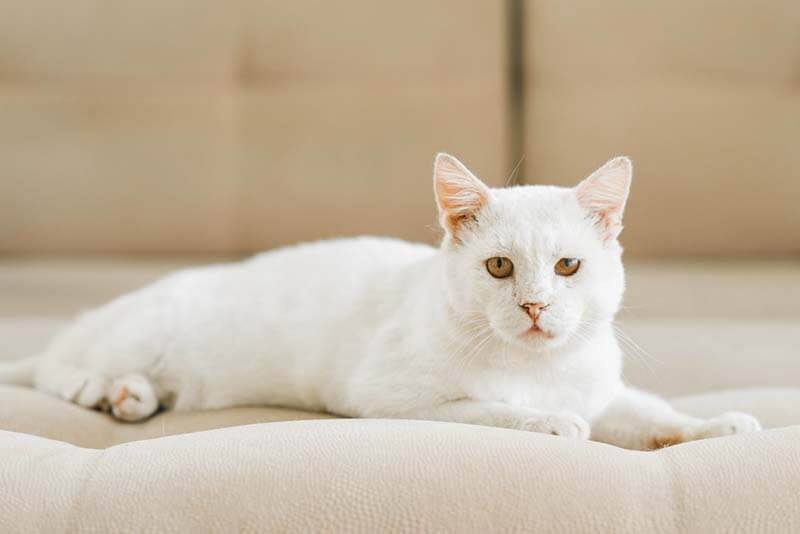
Snot in cats is the main thing
Runny nose is a common problem. The main causes of snot in a cat will be: infections, formations in the nose, dental problems, foreign bodies, allergies.
Common causes are infectious diseases: feline herpes virus, feline calicivirus, bacteria (chlamydia, mycoplasma, etc.)
More rare causes of snot in a cat: formations (polyps, tumors), dental diseases of the upper jaw, foreign bodies, irritating environmental factors.
Common symptoms of a runny nose: runny nose of a different nature, sneezing, loss of appetite, difficulty breathing through the nose with wheezing, sniffling, open mouth.
With infections, accompanying symptoms will be: decreased activity, increased body temperature, salivation, conjunctivitis.
Diagnosis of rhinitis may include examination for infectious agents, X-ray, rhinoscopy, computed tomography, MRI.
The treatment of a runny nose in a cat depends on its cause and can be very different – from a simple nose wash to complex surgery.
Prevention of rhinitis is vaccination, dental care, a safe environment, timely treatment of dental and respiratory diseases.
Answers to frequently asked questions
Sources:
Edited by Gary D. Norsworthy. The feline patient, fifth edition, (Cat patient, fifth edition), 2018
Chandler E. A., Gaskell R. M., Gaskell K. J. Diseases of cats, 2011
Listova O. V., Pathological conditions of the nasal cavity. Symptoms, diagnosis, clinical cases, // Scientific and practical journal “Veterinary Petersburg”, No. 1-2017.
Etienne Thiri. Feline Herpesvirus infection // Resource www.abcdcatsvets.org, 2017 // http://www.abcdcatsvets.org/feline-herpesvirus/



